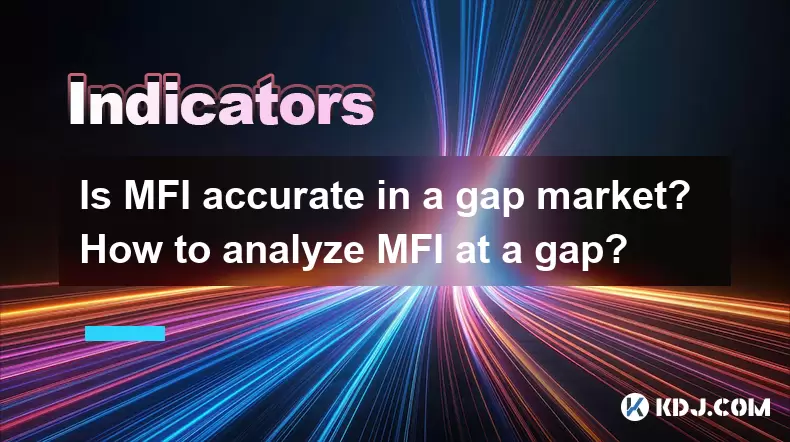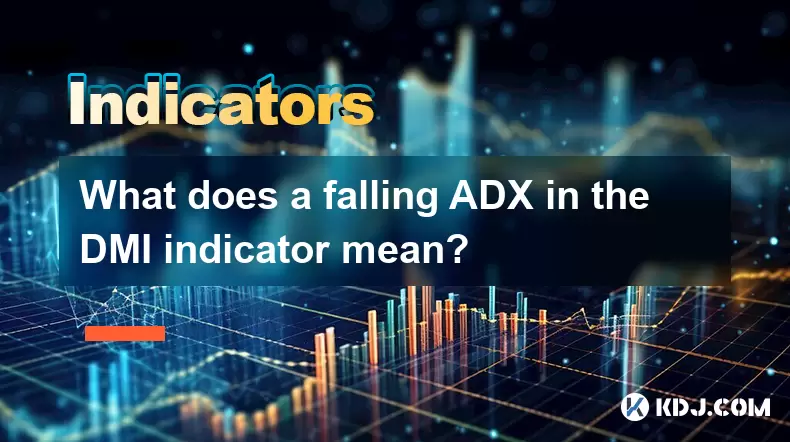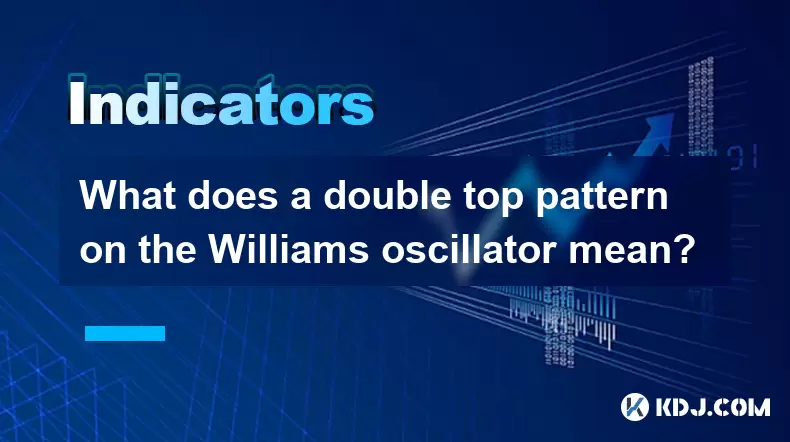-
 Bitcoin
Bitcoin $116700
0.24% -
 Ethereum
Ethereum $3973
4.34% -
 XRP
XRP $3.283
7.68% -
 Tether USDt
Tether USDt $1.000
0.01% -
 BNB
BNB $789.8
2.27% -
 Solana
Solana $176.2
3.31% -
 USDC
USDC $0.9999
0.00% -
 Dogecoin
Dogecoin $0.2238
5.14% -
 TRON
TRON $0.3389
-0.51% -
 Cardano
Cardano $0.7907
4.03% -
 Stellar
Stellar $0.4527
10.02% -
 Hyperliquid
Hyperliquid $41.07
4.27% -
 Sui
Sui $3.794
1.77% -
 Chainlink
Chainlink $19.49
10.40% -
 Bitcoin Cash
Bitcoin Cash $580.9
0.74% -
 Hedera
Hedera $0.2617
4.32% -
 Avalanche
Avalanche $23.41
3.67% -
 Ethena USDe
Ethena USDe $1.001
-0.03% -
 Litecoin
Litecoin $122.4
1.38% -
 Toncoin
Toncoin $3.364
1.49% -
 UNUS SED LEO
UNUS SED LEO $8.988
0.37% -
 Shiba Inu
Shiba Inu $0.00001295
2.82% -
 Uniswap
Uniswap $10.62
5.75% -
 Polkadot
Polkadot $3.922
4.46% -
 Dai
Dai $1.000
0.01% -
 Bitget Token
Bitget Token $4.494
2.15% -
 Monero
Monero $268.0
-1.30% -
 Cronos
Cronos $0.1523
3.68% -
 Pepe
Pepe $0.00001127
4.43% -
 Aave
Aave $285.4
4.85%
Is MFI accurate in a gap market? How to analyze MFI at a gap?
MFI's accuracy in crypto gap markets can be compromised; traders should combine it with volume analysis and other indicators for reliable signals.
Jun 01, 2025 at 03:28 am

The Money Flow Index (MFI) is a popular technical indicator used by traders to assess the strength and direction of money flowing in and out of a security. It is often compared to the Relative Strength Index (RSI) but includes volume, making it a volume-weighted RSI. In the context of cryptocurrencies, where market volatility and sudden price movements are common, understanding the effectiveness of MFI in gap markets is crucial. This article will delve into the accuracy of MFI in gap markets and provide a detailed analysis on how to use MFI effectively during these conditions.
Understanding Gaps in Cryptocurrency Markets
Gaps in cryptocurrency markets occur when the price of an asset moves from one level to another without any trading in between. These gaps can be attributed to various factors such as news events, market sentiment shifts, or sudden changes in liquidity. In the crypto space, gaps are more frequent and pronounced due to the 24/7 trading environment and the high volatility of assets.
When analyzing MFI in a gap market, it's essential to understand that traditional technical indicators may not always perform as expected. Gaps can distort the normal flow of money, leading to potential misinterpretations of the MFI readings.
Accuracy of MFI in Gap Markets
The accuracy of MFI in gap markets can be somewhat compromised. Since MFI is a momentum indicator that uses both price and volume data, a gap can lead to a sudden and significant change in the calculated MFI value. This change may not accurately reflect the ongoing market sentiment because the volume data during the gap period may not be representative of the actual market activity.
For instance, if a cryptocurrency experiences a gap up due to a positive news announcement, the volume during the gap might be low, but the price change is significant. This can lead to an MFI reading that suggests strong buying pressure, even though the actual volume during the gap might not support this conclusion.
How to Analyze MFI at a Gap
To effectively analyze MFI during a gap, traders should consider the following steps:
- Identify the Gap: First, confirm that a gap has occurred. Look for a significant price jump without any trading activity in between.
- Assess Pre-Gap MFI: Evaluate the MFI values before the gap occurred. Understanding the pre-gap MFI can provide context for the post-gap analysis.
- Observe Post-Gap MFI: After the gap, observe how the MFI reacts. A sudden spike in MFI might indicate a false signal due to the gap.
- Volume Analysis: Pay close attention to the volume after the gap. If the volume remains low, the MFI might not be a reliable indicator of the ongoing market sentiment.
- Confirmation with Other Indicators: Use other technical indicators such as moving averages, Bollinger Bands, or the RSI to confirm the MFI signals. This can help in filtering out false signals caused by the gap.
Case Study: MFI Analysis During a Cryptocurrency Gap
Consider a scenario where Bitcoin experiences a gap up from $30,000 to $32,000 due to a favorable regulatory announcement. Before the gap, the MFI was at 70, indicating overbought conditions. After the gap, the MFI spikes to 90, suggesting extreme buying pressure. However, the volume during the gap is significantly lower than usual.
In this case, the high MFI reading post-gap might be misleading. Traders should look at the volume data post-gap to see if it supports the MFI reading. If the volume remains low, it might be wise to wait for additional confirmation from other indicators before making trading decisions based on the MFI alone.
Practical Application of MFI in Gap Markets
When applying MFI in gap markets, traders should follow these practical steps:
- Monitor MFI Trends: Keep an eye on the MFI trend before and after the gap. A consistent trend can provide more reliable signals than a single reading.
- Use Time Frames Wisely: Different time frames can yield different MFI readings. For instance, a daily chart might show a different MFI trend than a 1-hour chart. Choose the time frame that aligns best with your trading strategy.
- Set Realistic Expectations: Understand that gaps can lead to false signals. Set realistic expectations and be prepared to adjust your strategy based on post-gap market conditions.
- Combine with Price Action: Always combine MFI analysis with price action. Look for patterns and trends in the price chart that support or contradict the MFI signals.
Limitations of MFI in Gap Markets
While MFI can be a useful tool, it has limitations when used in gap markets. The primary limitation is the potential for false signals due to the sudden and significant price changes that occur during gaps. Additionally, the volume data used in MFI calculations might not accurately reflect the market's true sentiment during these periods.
Traders should be aware of these limitations and use MFI as part of a broader analysis strategy that includes other indicators and market data.
FAQs
Q: Can MFI be used as a standalone indicator in gap markets?
A: While MFI can provide valuable insights, it is not recommended to use it as a standalone indicator in gap markets. The potential for false signals due to gaps makes it crucial to combine MFI with other technical indicators and price action analysis for more reliable trading decisions.
Q: How often do gaps occur in cryptocurrency markets?
A: Gaps are relatively common in cryptocurrency markets due to the 24/7 trading environment and high volatility. They can occur several times a week, especially during periods of significant news events or market sentiment shifts.
Q: Should I adjust my MFI settings for gap markets?
A: There is no one-size-fits-all answer to adjusting MFI settings for gap markets. However, traders might consider using a longer time frame to smooth out the effects of gaps or adjusting the overbought/oversold thresholds to better suit their trading strategy.
Q: How can I differentiate between a true MFI signal and a false one caused by a gap?
A: To differentiate between true and false MFI signals, look at the volume data post-gap. If the volume supports the MFI reading, it's more likely to be a true signal. Additionally, use other indicators to confirm the MFI signal and pay attention to price action patterns that align with the MFI trend.
Disclaimer:info@kdj.com
The information provided is not trading advice. kdj.com does not assume any responsibility for any investments made based on the information provided in this article. Cryptocurrencies are highly volatile and it is highly recommended that you invest with caution after thorough research!
If you believe that the content used on this website infringes your copyright, please contact us immediately (info@kdj.com) and we will delete it promptly.
- Roman Storm, Funding Effort, and the Looming Defense Retrial: A New York Minute on the Tornado Cash Case
- 2025-08-09 02:50:14
- Crypto's Wild Ride: XRP, Dogecoin, and the Altcoin Surge You Can't Ignore
- 2025-08-09 02:50:14
- Elon Musk, Bitcoin, and the Enduring Power of Approval: A Crypto Love Story?
- 2025-08-09 03:50:15
- Ruvi AI: The Next Big Thing After Ripple on CoinMarketCap?
- 2025-08-09 03:50:15
- Floki Price Surges: Elliott Wave and Fibonacci Setups Point to Potential Gains!
- 2025-08-09 02:30:16
- Pepe Price, RTX (Remittix?) & the $10K ETH Dream: NYC Crypto Chatter
- 2025-08-09 02:30:16
Related knowledge

What does it mean when the TRIX indicator suddenly diverges downward after a long period of convergence?
Aug 09,2025 at 12:56am
Understanding the TRIX Indicator in Cryptocurrency TradingThe TRIX indicator, or Triple Exponential Average, is a momentum oscillator used in technica...

Why is the rise limited after a MACD bottoming divergence?
Aug 09,2025 at 12:07am
Understanding MACD Bottoming Divergence in Cryptocurrency TradingThe MACD (Moving Average Convergence Divergence) is a widely used technical indicator...

What does it mean when the OBV continues to rise but the price is trading sideways?
Aug 08,2025 at 10:35pm
Understanding On-Balance Volume (OBV)On-Balance Volume (OBV) is a technical indicator that uses volume flow to predict changes in stock or cryptocurre...

What does a falling ADX in the DMI indicator mean?
Aug 09,2025 at 03:16am
Understanding the ADX and DMI Indicator FrameworkThe DMI (Directional Movement Index) is a technical analysis tool developed by J. Welles Wilder to id...

What does a double top pattern on the Williams oscillator mean?
Aug 09,2025 at 02:36am
Understanding the Williams %R OscillatorThe Williams %R oscillator is a momentum indicator developed by Larry Williams to identify overbought and over...

What is a nonce and how is it used in Proof of Work?
Aug 04,2025 at 11:50pm
Understanding the Concept of a Nonce in CryptographyA nonce is a number used only once in cryptographic communication. The term 'nonce' is derived fro...

What does it mean when the TRIX indicator suddenly diverges downward after a long period of convergence?
Aug 09,2025 at 12:56am
Understanding the TRIX Indicator in Cryptocurrency TradingThe TRIX indicator, or Triple Exponential Average, is a momentum oscillator used in technica...

Why is the rise limited after a MACD bottoming divergence?
Aug 09,2025 at 12:07am
Understanding MACD Bottoming Divergence in Cryptocurrency TradingThe MACD (Moving Average Convergence Divergence) is a widely used technical indicator...

What does it mean when the OBV continues to rise but the price is trading sideways?
Aug 08,2025 at 10:35pm
Understanding On-Balance Volume (OBV)On-Balance Volume (OBV) is a technical indicator that uses volume flow to predict changes in stock or cryptocurre...

What does a falling ADX in the DMI indicator mean?
Aug 09,2025 at 03:16am
Understanding the ADX and DMI Indicator FrameworkThe DMI (Directional Movement Index) is a technical analysis tool developed by J. Welles Wilder to id...

What does a double top pattern on the Williams oscillator mean?
Aug 09,2025 at 02:36am
Understanding the Williams %R OscillatorThe Williams %R oscillator is a momentum indicator developed by Larry Williams to identify overbought and over...

What is a nonce and how is it used in Proof of Work?
Aug 04,2025 at 11:50pm
Understanding the Concept of a Nonce in CryptographyA nonce is a number used only once in cryptographic communication. The term 'nonce' is derived fro...
See all articles

























































































